

E-commerce in Estonia and in Europe
Discover the widest survey about e-commerce in Europe, revealing the latest behaviours and expectations of 24,000+ e-shoppers in 22 countries.
Did you know that…
E-commerce in Estonia
85% of all online purchases are made by regular e-shoppers.
 83% of regular e-shoppers prefer delivery to parcel locker.
83% of regular e-shoppers prefer delivery to parcel locker.
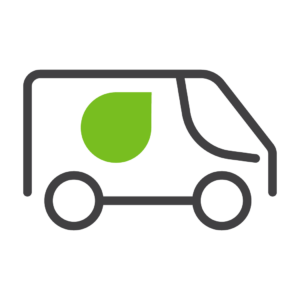 57% of regular e-shoppers usually use more than one delivery place.
57% of regular e-shoppers usually use more than one delivery place.
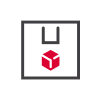 66% of regular e-shoppers are Consumer-to-consumer (C2C) e-commerce platforms users.
66% of regular e-shoppers are Consumer-to-consumer (C2C) e-commerce platforms users.
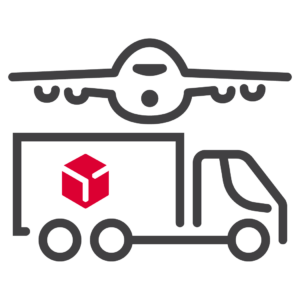 79% of regular e-shoppers have already bought online from foreign websites.
79% of regular e-shoppers have already bought online from foreign websites.
* Regular e-shoppers receive on average 4.3 parcels per month
Did you know that…
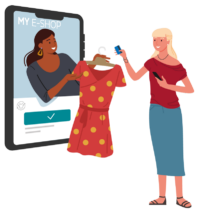

E-commerce in Estonia
85% of all online purchases are made by regular e-shoppers.
 83% of regular e-shoppers prefer delivery to parcel locker.
83% of regular e-shoppers prefer delivery to parcel locker.
 57% of regular e-shoppers usually use more than one delivery place.
57% of regular e-shoppers usually use more than one delivery place.
 66% of regular e-shoppers are Consumer-to-consumer (C2C) e-commerce platforms users.
66% of regular e-shoppers are Consumer-to-consumer (C2C) e-commerce platforms users.
 79% of regular e-shoppers have already bought online from foreign websites.
79% of regular e-shoppers have already bought online from foreign websites.
* Regular e-shoppers receive on average 4.3 parcels per month
Why do e-shoppers prefer parcel locker delivery?
83% of regular e-shoppers choose delivery to parcel locker. Proximity, flexibility, and cost-effectiveness define parcel locker delivery, aligning with user preferences for convenience and savings. DPD parcel lockers are located in 300 easily accessible locations across Estonia, making it the second largest network of parcel lockers.
Why do e-shoppers prefer parcel locker delivery?
83% of regular e-shoppers choose delivery to parcel locker. Proximity, flexibility, and cost-effectiveness define parcel locker delivery, aligning with user preferences for convenience and savings. DPD parcel lockers are located in 300 easily accessible locations across Estonia, making it the second largest network of parcel lockers.
Take a closer look at the survey results and trends
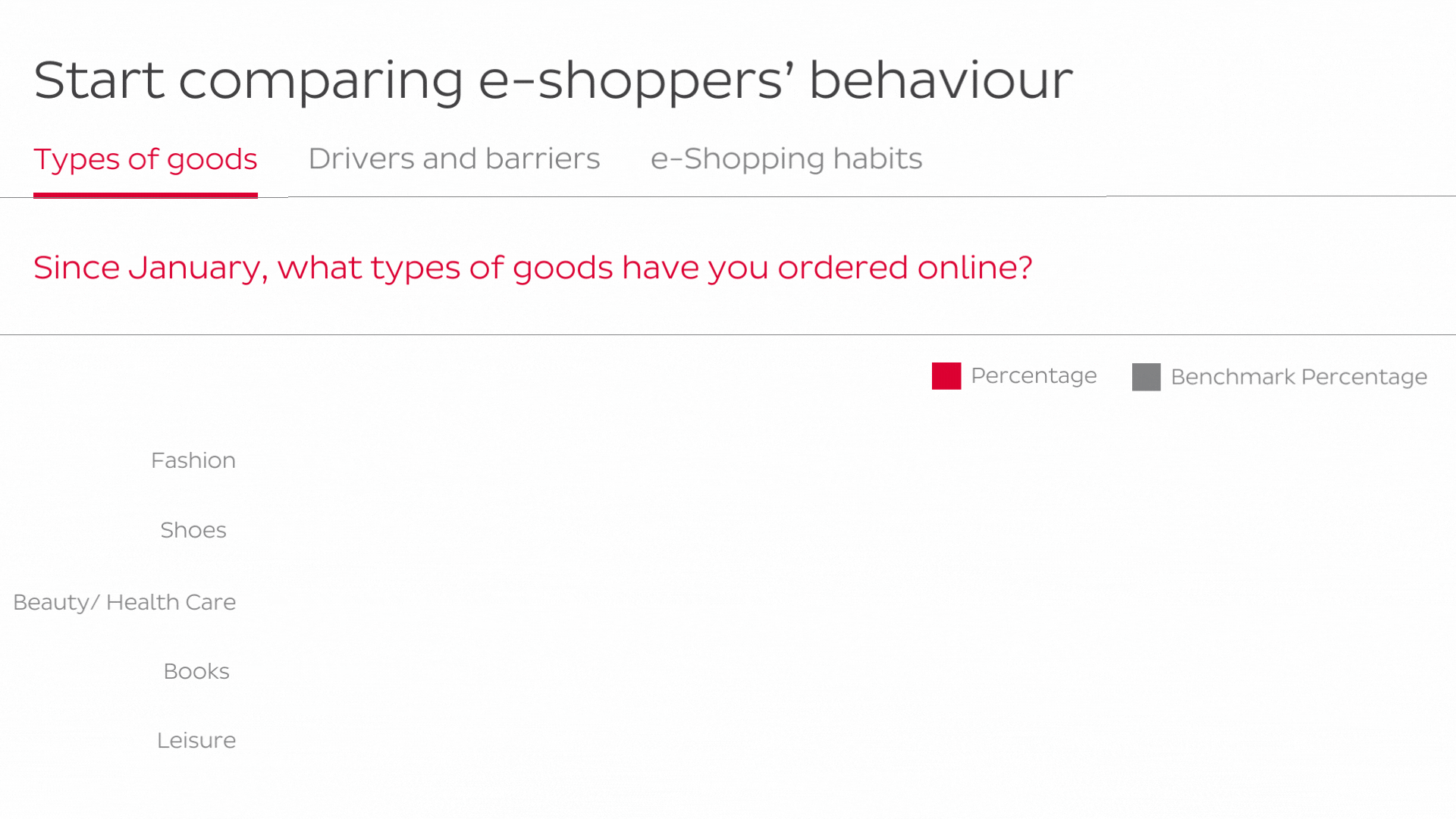

Take a closer look at the survey results and trends
-
Use a web tool to display the desired results where you can apply various filters (e.g., age group of respondents, place of residence etc.) and compare the countries that interest you.
-
Latest and most meaningful trends in Europe, valuable analysis and insight into what the future may hold are available in the brochure.
Is frugality the new hype?
2 out of 3 Estonian regular e-shoppers are using Consumer to Consumer platforms, most are buyers or both buyers and sellers.
Saving money is still the top motivation to buy from individuals, and those who sell first want to free up some space and sell products they are not using. On average, one C2C platform user makes 10 purchases per year.
Is frugality the new hype?
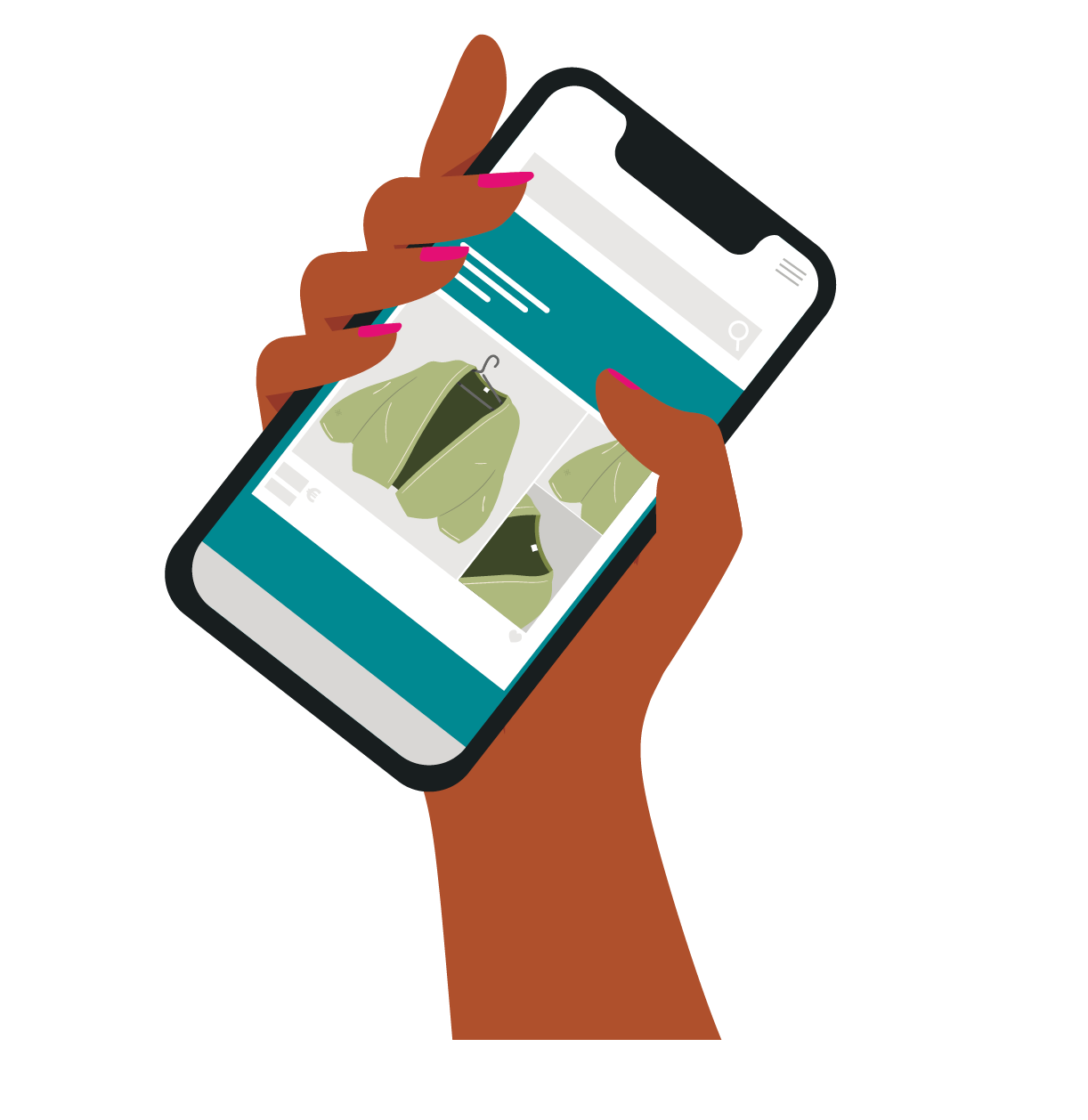

2 out of 3 Estonian regular e-shoppers are using Consumer to Consumer platforms, most are buyers or both buyers and sellers.
Saving money is still the top motivation to buy from individuals, and those who sell first want to free up some space and sell products they are not using. On average, one C2C platform user makes 10 purchases per year.
The role of social media in e-shopping


The role of social media in e-shopping
Social media plays a significant role in regular e-shoppers purchase journey, either to gather information or to shop.
32% of regular e-shoppers have made purchase after stumbleing across something on their feed stories etc. On the other hand, bad opinion of fellow shoppers on social media will prevent from buying online.
dpd eesti / E-shoppers



